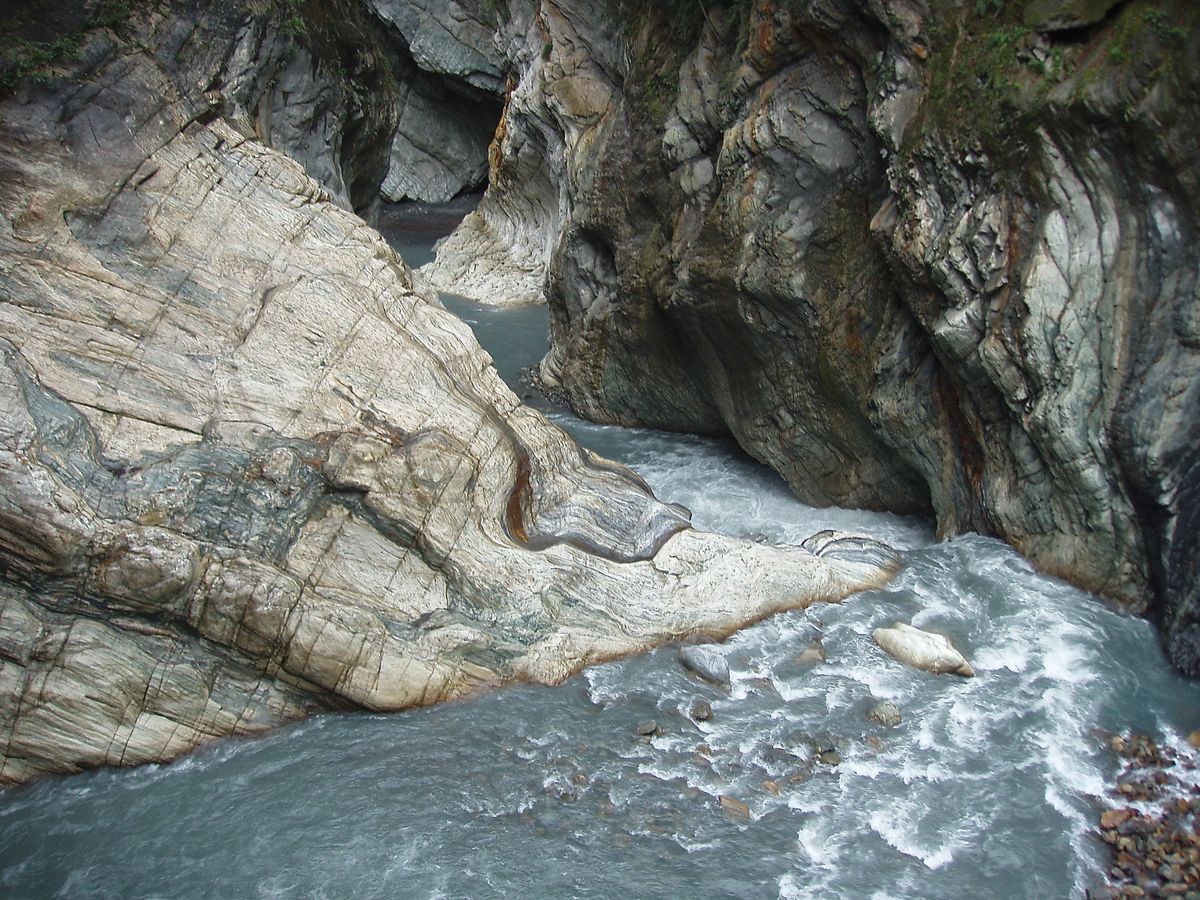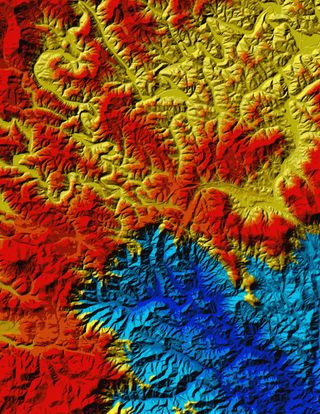Game of Rivers: How Waterways Behead Mountains

Rivers cut, slice and even behead — as one of Earth's most powerful forces, these waterways have gathered lingo that rivals the most gory fantasy novels.
Much like the families in the popular TV series "Game of Thrones," river boundaries form constantly shifting alliances, crossing divides, stealing tributaries and vastly changing the landscape. Tracing these movements through time helps reveal how the Earth works, such as why mountains rise and fall.
As scientists decode the history of rivers, there have been some puzzling discoveries, such as the surprising longevity of Appalachian rivers, which are still on the move even though the mountains long ago ceased their tectonic activity. Now, a new study of the Appalachians and other river drainages offers an elegant model for how such networks take shape, a model that could help improve understanding of how landscapes change through time.
"It turns out that rivers are much more dynamic than we thought," said Sean Willett, lead study author and a geologist at ETH Zurich in Switzerland. "It's a little bit surprising to us that many river systems don't seem to be stabilizing even in the absence of tectonic activity and earthquakes. Any sort of activity, such as the migration, divide and capture of rivers, takes hundreds of millions of years before it stops."
The findings were published today (March 6) in the journal Science.
Divide and conquer
Willett and his colleagues devised a mathematical model focused on migrating drainage divides — the dividing line between two river basins. In mountain ranges, the divides are typically ridgelines, such as the Blue Ridge escarpment in the southern Appalachian Mountains. The researchers also drew on real-world data from river networks in China, Taiwan and the United States.
Sign up for the Live Science daily newsletter now
Get the world’s most fascinating discoveries delivered straight to your inbox.

Drainage divides can move across the landscape if rivers on one side of the divide cut into it faster than rivers on the other side. The imbalance pushes the ridge toward the faster-eroding river basin. In some cases, drainages migrate as rivers are forced to balance against tectonic activity that is pushing up the mountains like an ever-tightening corset.
The researchers found that by mapping height mismatches across drainage divides they could predict the directions in which divides would migrate. They could also determine how much each side was warring with the other for dominance.
"We're able to get a sense of whether a given river network is undergoing dramatic change, and whether individual drainage basins are shrinking, expanding or migrating laterally," said study co-author Taylor Perron, a geologist at MIT.
Birth of the Blue Ridge
The team tested the model on three river networks: the Loess Plateau in China, the eastern Central Range in Taiwan, and the region between the Appalachian Mountains and the Atlantic Ocean in the Southeastern United States.
The study found that the young river networks in Taiwan must maneuver in response to the region's dramatically rising mountains. But China's Loess Plateau is relatively stable, and its river networks seem to agree, with little evidence of mismatch across drainage divides.
In the Appalachians, the results support earlier findings that river networks there are actively eroding the ancient mountain range. (Eastern North America has been a passive tectonic margin for more than 100 million years, with no crashing tectonic plates shattering the crust.) For example, the Blue Ridge Escarpment has shifted inland through time, the researchers said. [In Images: How North America Grew As a Continent]
For now, the model is limited to river networks where the researchers can accurately gauge tectonic activity and rainfall, so tackling a huge river like the Colorado River is out, Willett said. Nor do the results explain why the Appalachians are still under attack by rivers.
"The main point is that the surface of the Earth is a lot more dynamic than we think it is," Willett said.
Email Becky Oskin or follow her @beckyoskin. Follow us @OAPlanet, Facebook and Google+. Original article at Live Science's Our Amazing Planet.












